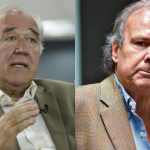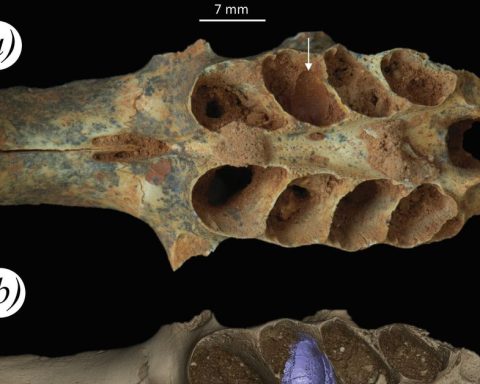Colombian exports from free zones grew 33% in May of this year when comparing with the same month of the previous year. This was stated this Monday by the National Administrative Department of Statistics (Dane) with the monthly publication of the bulletin on these special regimes.
(Exports of roasted coffee exceed US$40 million).
Thus, this growth in foreign sales through free zones totaled US$346.1 million FOB in May this year, a considerable advance compared to the same month of the previous year when it totaled US$260.2 million FOB. Likewise, compared to May 2019, in the pre-pandemic, revenues rose 30.2%.
In May 2022, exports from Special Permanent Free Zones (ZFPE)
registered an increase of 33.7%, which contributed positively with 21.2 points
percentages to the total variation of exports. Meanwhile, the Permanent Free Zones (ZFP) registered an increase of 31.9%, contributing 11.8 percentage points.
By type of operation, the increase in exports in May 2022 (33.0%) was
This was mainly explained by the greater outflows to the rest of the world of goods processed or transformed by an industrial user of a free zone, which contributed 32.7 points
positive percentages to the total variation of exports.
In the current year, exports from free zones grew 5.7%, while those of the ZFPE decreased by 3.1% and the ZFP grew 15%.
(From Analdex they say that it is not necessary to renegotiate the FTA: why).
It is worth remembering that a free zone is part of the economic territory in which the merchandise that is introduced is considered outside the “customs territory”, in terms of import duties and taxes.
Also, a ZFP is one where several companies are established and develop their activities, resembling an industrial park. On the contrary, a ZFPE is one where a single company is installed and runs its services. There are currently 39 ZFPs and 76 ZFPEs.
BRIEFCASE


















